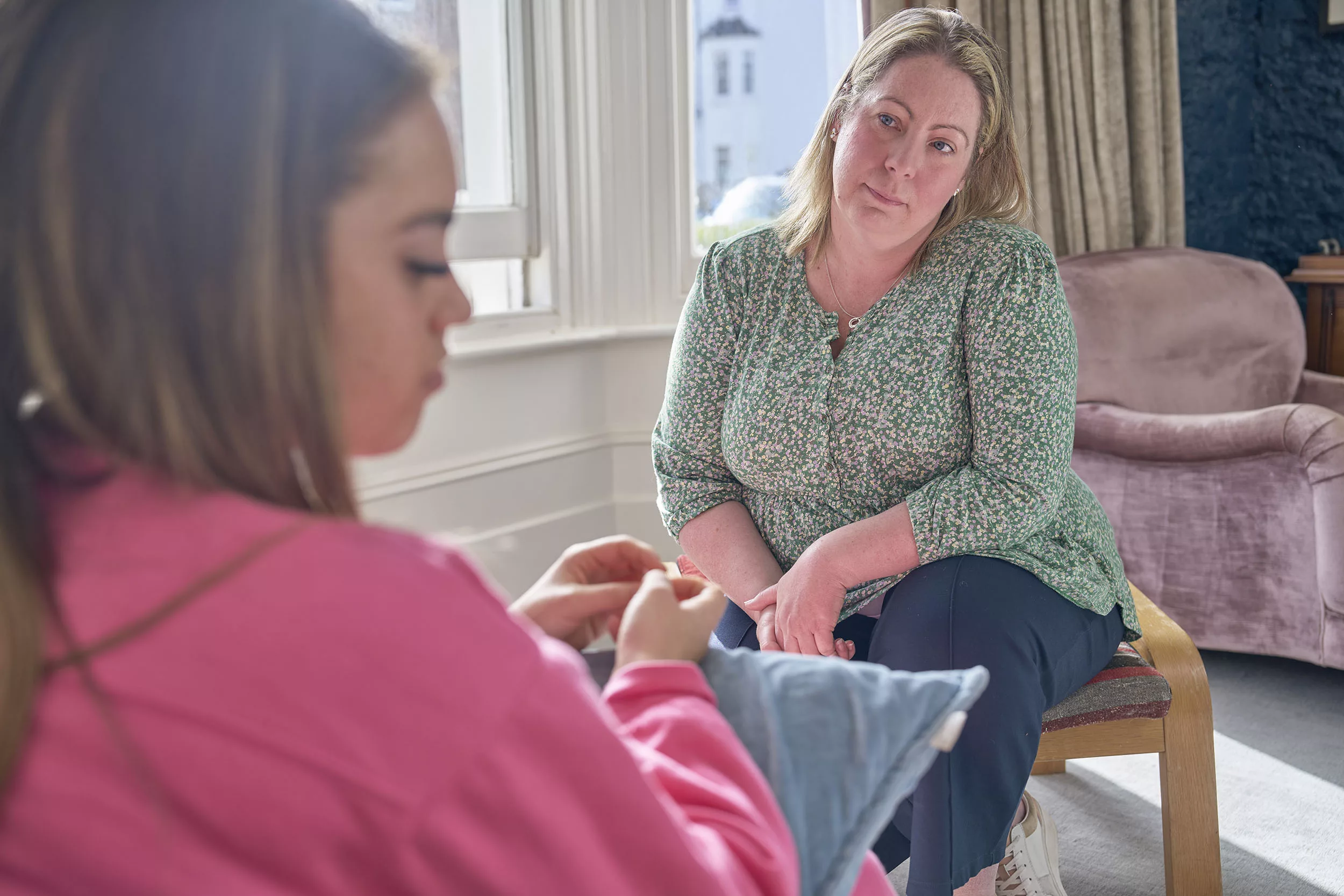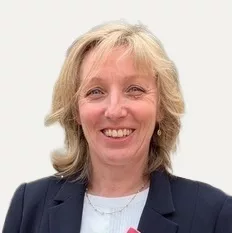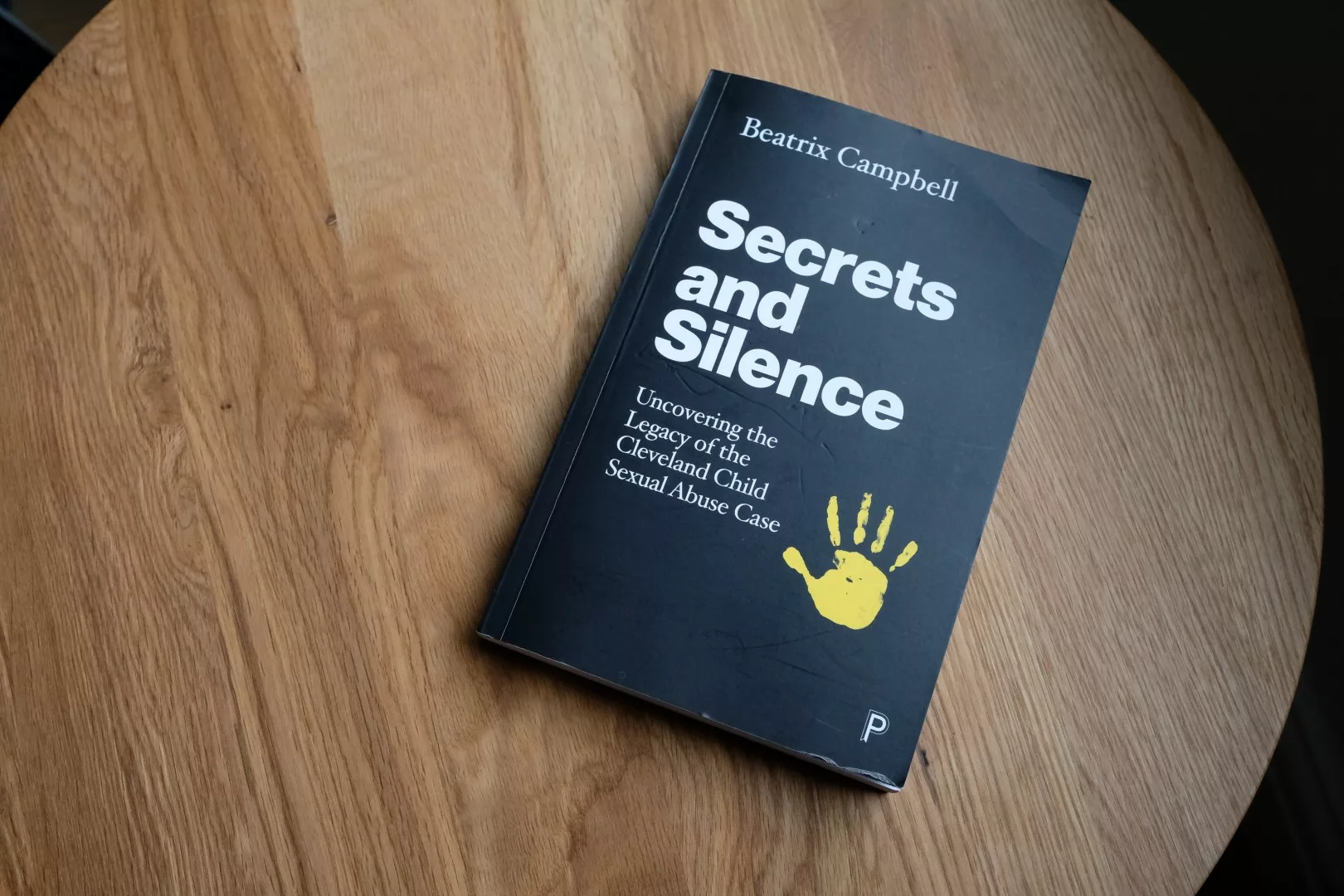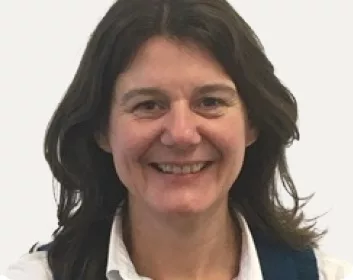Sherrelle Parke left the CSA Centre team in June 2019. Sherrelle wrote this blog when she was in our team, we hope you find it interesting.
Senior Research and Evaluation Officer, Sherrelle Parke, reflects on the challenges local authorities face, and why bridging the gap with research knowledge is welcome on the front line.
Whilst traditional social care services have been developed to address children’s’ vulnerability in home settings and intra-familial abuse, the past decade has seen wide recognition in social care contexts of the nuanced world of the adolescent; still a child by law, but growing in their sense of independence, cognitive and emotional maturity, and testing the boundaries of their personal and social spaces in ways that expose them to new risks and possible harm. In a context of shrinking budgets across local government, alongside increasing reports of criminal and sexual exploitation on our streets and online, and emerging insights into youth violence related to deprivation and inequality, there remain huge challenges in protecting and empowering our adolescents as they transition in adulthood.
Working together in local contexts
After spending my early career in youth justice, and more recently providing analytical and research support to LA teams who manage vulnerable adolescents, I’ve realised there remains a grey area between what we know about youth development and how we support adolescents who experience sexual abuse and exploitation. Research tells us that the brain isn’t fully developed until we reach our early 20s, and that adolescence marks a time of physical and psychological transformation from child to adult, that impacts how we think and act. Yet we have developed social institutions that largely cater for the vulnerabilities of very young children, and these services typically end abruptly at age 18.
Working in a multi-agency team within a local authority, very experienced colleagues often highlighted how far we’ve come in terms of the identification and strategic management of the risks facing adolescents (ranging from ages 12 to 20 years). There is now much more joint accountability between schools, police and social care, but we were often frustrated by the difficulties in aligning the differing professional motivations. Police and youth offending colleagues are rightfully concerned with the detection and prevention of crime and the safety of the public; social workers have a remit to eliminate harm and promote welfare; and schools have an increasing role in recognising and reporting ‘early warning signs’ in the multitudes of young people they are primarily tasked with educating. And yet it is incumbent upon them all to agree solutions for reducing child exploitation.
The local challenge really deepens when the young person is both victim of and responsible for harmful behaviours relating to child sexual abuse, or more complicated still; victim in one local authority but ‘offender’ in another. Research suggests there are cycles of abuse, vulnerability and offending that can repeat themselves, and sometimes manifest in ways similar to how they were experienced, but we’ve not really worked out the most effective ways of administering effective intervention alongside effective support to break these cycles. Children placed away from home (especially ‘out of borough’) may be further affected by being away from familiar support systems. And these are the young people we actually know about; professionals in the field also hear of the school peers, secret boyfriends/girlfriends, best friends etc. who may well be facing comparable risks of sexual abuse, but are unable to be reached if they are unknown to children’s social care or any other agencies through which they could be supported.
Intelligence issues and identifying risk
One of the things I’ve reflected on through working with LA colleagues who support young people is that we often rely on young people themselves to provide information relating to their own risk (Why did you run away? Why do you keep going back to these people? Why did you feel you couldn’t say no?). For example, statutory ‘Return Home Interviews’ require young people to be questioned on the details of their whereabouts whilst missing from home or care. The challenge here is that there is little (read: no) evaluation to show that this is effective in understanding risk, and Ofsted have reported a lack of robustness in response to young people going missing, especially for those who are ‘out of borough’ (managed by one local authority whilst living in another). Moreover, research suggests young people’s understanding of risk is particularly limited if they have suffered adversity in childhood, so there are likely to be varying degrees of reliability in what they see as harmful or risky behaviours, particularly in the ‘hidden’ contexts of exploitation being subtle, coercive and implicit rather than explicit.
The question is, whether what LAs are required to record and report is actually helpful in supporting and safeguarding young people at risk. Often, I.T. systems are not designed to record (and easily report on) data relating to social contexts, flexible peer groups and violent incidents, alongside where these factors intersect with issues such as adolescent mental health, early neglect or family trauma. Where there is rich data, from social care records and school records etc., siloed and disparate systems make it near impossible to effectively amalgamate the data to understand the associations and draw the depth and detail of intelligence needed to evaluate what works well in current policy and practice.
The age old problem of sharing data also still hinders the effectiveness of multi-agency work. This issue has recently been exacerbated by the number of new academies that have been established and are now self-governing and under no statutory requirements to share data regarding school attendance with social services, despite the recognised link between children missing from education and at risk of exploitation.
Nationally, there is still a gap that makes useful benchmarking a challenge. Only within the last few years is there robust data on offences related specifically to child sexual exploitation. The offence categories ‘abuse of children through sexual exploitation’ and ‘sexual grooming’ saw increases of 110% and 266% respectively in the year 2017/18 alone. This coincides with the new offence of ‘sexual communication with a child’, introduced in England and Wales in April 2017, which falls inside the sexual grooming offence category. It covers anyone aged 18 or over who communicates with a child under 16 (note the missing 17 years olds…) where the person acts for a sexual purpose, and applies to online and offline communication including social media, email, texts and letters. Offenders are often convicted for associated offences (such as sexual activity with a child) and this makes it challenging to understand the scale of the issue. Local authorities simply cannot effectively measure the scale of the child sexual exploitation problem is in their area using the data currently available. Child sexual abuse, including child sexual exploitation, data is also often concealed within other categories of abuse or neglect, reported separately or in a different way, or alarmingly incomplete within case files. This makes it much harder for authorities to make effective decisions, or to look at the bigger picture and draw professional insights across the piece.
The development and take-up of contextual safeguarding, as well as similar innovative developments around the country, are huge advancements because they approach the context of adolescence head on at an operational level. However, the intelligence collation, data management and analysis fundamental to monitor, measure and draw insight from very specific cohorts of young people at risk, is lagging behind. Although I witnessed some really inspirational examples of social work, where colleagues went above and beyond expectations to build a solid system of support around a young person, working intensely with family members and teachers to really address the risks the young person pointed to, this was all too often ad hoc and reliant on dynamic personalities who pushed hard for the information they needed. Often, data on school attendance, the police’s gangs matrix, social care, public health and youth offending does not come together to support a holistic picture of the cohort of young people experiencing or at risk of exploitation. Despite the representatives from each of these arenas now invited to the table, there remains a disconnect.
Difficulties are further compounded by the statutory age limitation; many services stop once a young person reaches 18 years of age, regardless of whether or not they’ve been equipped to manage with the risks identified at age 17. The key exceptions are those young people leaving care or those with disabilities, who at least have access to transition services for a few more years.
Effectiveness in operational settings
Frontline practitioners, such as social workers, school welfare officers, youth offending managers, are often well aware of the wealth of academic research available and ongoing, often taking part in the interviews and fieldwork feeding into them, and purported to be the key audience for the findings. The reality is that it is notoriously difficult to translate academic research findings into digestible guidance, useable tools and practical application – where financial and time constraints dominate operational decisions. One of the aims of the CSA Centre is to provide a tangible bridge with this in mind. Published key messages from research distil the current evidence and research on different elements of child sexual abuse into manageable briefings. The CSA Centre has contributed significantly to the evidence base on the effectiveness of services that respond to child sexual abuse, enabling commissioners and service providers to better understand what work is essential to intervention and recovery for children at risk of or affected by abuse. Of course, this is alongside numerous other partners, services and agencies that work hard to get child sexual abuse research into practice, such as Research in Practice and the University of Bedfordshire Centre.
More than this however, the CSA Centre aims to engage practitioners and share the learning whilst it’s still relevant, from initiatives like the CSA Connect Community (which brings service providers, policy makers and child sexual abuse professionals together to share knowledge and skills); to the Professional Development Scholarships (supporting highly-motivated practitioners to deepen their child sexual abuse expertise); to the numerous projects, talks, presentations and project visits up and down the country by our Practice Improvement Advisors.
What is clear is that no single agency or organisation is going to have the answers to these complex risks faced by young people. Working collaboratively across a diverse sector including justice, children’s services, health and education is essential if we are to effectively deal with a problem as pervasive and important as this; everyone with a stake in working to prevent the sexual abuse and exploitation of adolescents needs to be involved.








